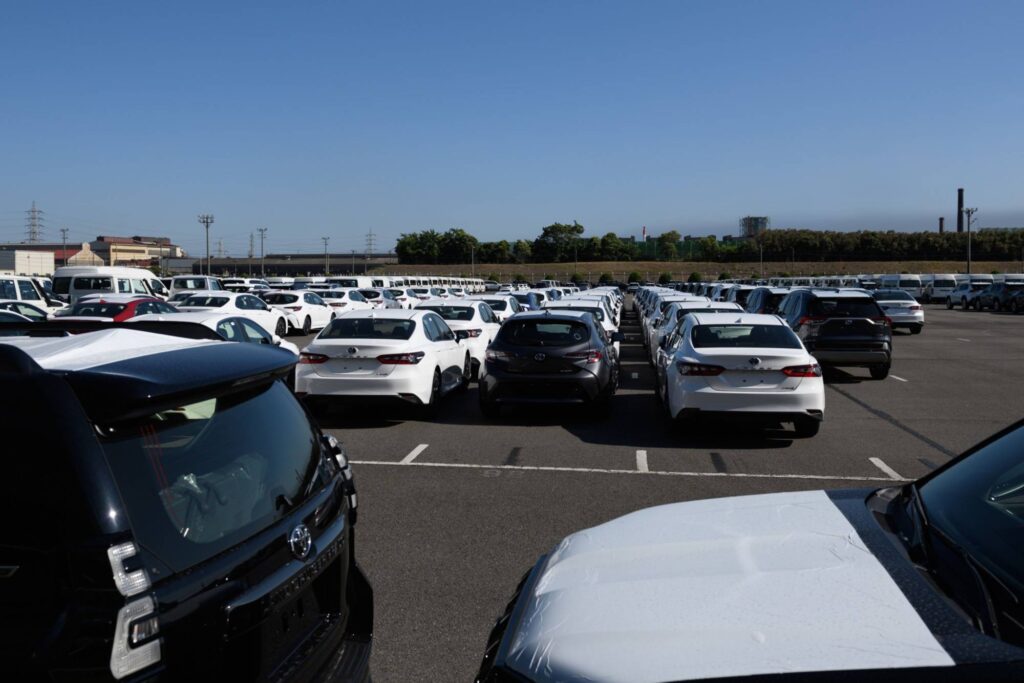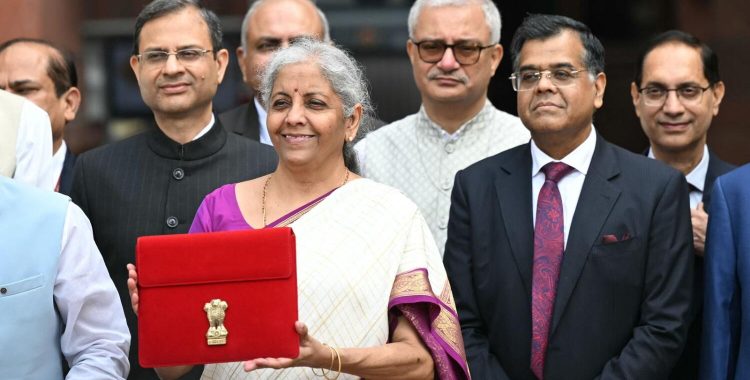Toyota Motor group is set to top global auto sales figures for the first half of 2022, coming out ahead of German rival Volkswagen for the third straight year, amid a global chip shortage and COVID-19 lockdowns in China, industry data showed Thursday.
The Japanese automaker said it sold roughly 5.14 million vehicles globally in the reporting period, including those sold by the group’s minivehicle-maker Daihatsu Motor and truck manufacturer Hino Motors.
Group sales, however, were down 6.0% from a year earlier, marking the first drop in two years.
The fall in sales stemmed from reduced global output, which declined 3.8% to 5.10 million units, also shrinking for the first time in two years.
Toyota’s global sales surpassed that of rival Volkswagen, whose global sales plunged 22.2% to 3.88 million vehicles in the reporting period.
“Sales volume has never been our top priority,” a Toyota official said after the release of its results. “We will continue to prioritize safety and quality and strive to make better cars.”
Impacted largely by the parts shortage, Toyota’s domestic sales plunged 18.1% to 954,173 units, with domestic output shedding 17.7% to 1.74 million units, as many cars produced in Japan incorporate cutting-edge parts that rely on semiconductors.
The recent strains have marked a reversal in fortune for the automaker, which was initially able to ride out the chip shortage thanks to a large stockpile but was later forced to scale back production as supply constraints and the COVID-19 lockdowns hit.
It first cut the June production target in late May, blaming the lockdowns, and then again in mid-June, citing a COVID-19 outbreak at one supplier and a production equipment defect at another.
Still, there was some cause for optimism.
Overseas sales dropped 2.8% to 4.18 million vehicles, but overseas production grew 5.6% to 3.35 million units, registering a record high for the first half-year period thanks to expanded production capacity in China.
In June alone, Toyota produced 793,378 vehicles globally, down 4.6% from the same month last year and compared with a goal of 750,000 that had been lowered twice.
Toyota has called the April-June quarter an “intentional cooling off” period to ease the burden on its suppliers by notifying them of changes to production plans as early as possible.

















